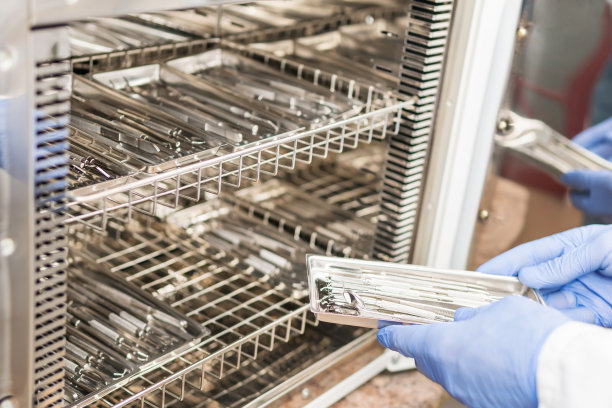The Essential Guide to Extracting a Tooth Safely and Comfortably in a Dental Setting
Summary: Extracting a tooth can often be a daunting experience for patients, but when performed safely and comfortably in a dental setting, it can significantly alleviate fear and anxiety. This article serves as a comprehensive guide, outlining essential techniques and strategies for dentists to ensure a smooth tooth extraction process. By exploring the preparation needed before the procedure, the administration of anesthesia, the surgical techniques employed, and the post-operative care, we aim to provide valuable insights to both dental professionals and patients. Implementing these practices can lead to a more positive experience and encourages better dental health moving forward.
1. Preparation: Essential Steps Before Extraction

The preparation for a tooth extraction is critical in ensuring the comfort and safety of the patient. Initially, a thorough examination is necessary to evaluate the affected tooth and assess the patients overall health. This typically includes medical history reviews and imaging tests such as X-rays to reveal the tooths roots and surrounding bone structure.
Once the dentist has gathered all relevant information, they can then provide the patient with several options. Clear communication about what to expect will help minimize anxiety. Discussing the reasons for extraction and alternative treatments can empower patients to feel more in control of their dental care.
Additionally, pre-operative instructions such as fasting guidelines or medication requirements must be communicated. Ensuring the patient understands the importance of not consuming any food or drink before sedation can prevent complications and ensure a smooth extraction process.
2. Administration: Ensuring Comfort with Anesthesia
Administering anesthesia effectively is paramount for a pain-free tooth extraction procedure. Dentists can use local anesthesia to numb the targeted area, but sedation options such as nitrous oxide or IV sedation may be offered for patients with heightened anxiety or those undergoing more complex extractions.
Before administering anesthesia, it is vital for the dentist to assess the patients response to previously used anesthetics. This can help in choosing the right method for sedation to ensure maximum comfort. Afterward, the dentist will carefully monitor the patient’s vital signs to maintain safety during the procedure.
Communicating with patients during the administration of anesthesia is also important. Dentists should explain the process and what sensations the patient should expect as the anesthesia takes effect. This reassurance can help ease any nervousness and promote a sense of safety.
3. Surgical Techniques: Executing the Extraction
The actual surgical process of tooth extraction requires skill and precision. Once the patient is appropriately sedated, the dentist will begin by loosening the tooth using specialized instruments like an elevator. This repositions the tooth within its socket and prepares it for extraction.
Careful manipulation of the tooth is essential to reduce the risk of fracturing the tooth or damaging surrounding tissue. Depending on the complexity of the extraction, dentists may need to remove some bone or gum tissue to access the tooth properly. This nuanced approach can help preserve the surrounding dental structure.
After successfully extracting the tooth, the dentist will clean the extraction site and may place sutures if required. Its essential to provide clear post-operative instructions at this point, which can help facilitate proper healing and reduce complications.
4. Post-Operative Care: Ensuring Smooth Recovery
Post-operative care is a crucial aspect of a successful tooth extraction! Clear instructions should be provided regarding pain management, diet modifications, and the signs of possible complications. Patients should be encouraged to rest and avoid strenuous activities for a specified duration to support healing.
Following the extraction, swelling and discomfort are common. Patients can be advised to use ice packs on the affected area, take prescribed or over-the-counter pain medications, and follow a soft food diet to ease their recovery journey.
Moreover, follow-up appointments may be necessary to monitor the healing process and address any concerns the patient may have. Regular communication between the dentist and patient can ensure that any potential issues are tackled early, leading to better recovery experiences.
Summary:
In conclusion, the success of a tooth extraction hinges on thorough preparation, effective administration of anesthesia, adept surgical techniques, and diligent post-operative care. Implementing these essential practices fosters a safe and comfortable environment for patients undergoing dental extractions.
By prioritizing patient comfort and safety, dental professionals can alleviate common fears associated with tooth removal and contribute to a more positive overall experience. The information provided in this article serves as a valuable reference for both dental practitioners and patients alike.
This article is compiled by Vickong Dental and the content is for reference only.



